Search results for: “”
-
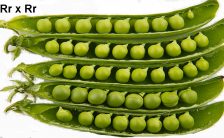
Simple Mendelian Genetics Practice Problems
Students learning basic Mendelian genetics can practice assigning genotypes and identifying heterozygous and homozygous configurations. Squares are set up to do crosses with purple and white flowers as seen in Mendel’s pea plants. The worksheet is very simple, designed for beginning students of biology and genetics. More difficult versions of genetics practice problems might…
-
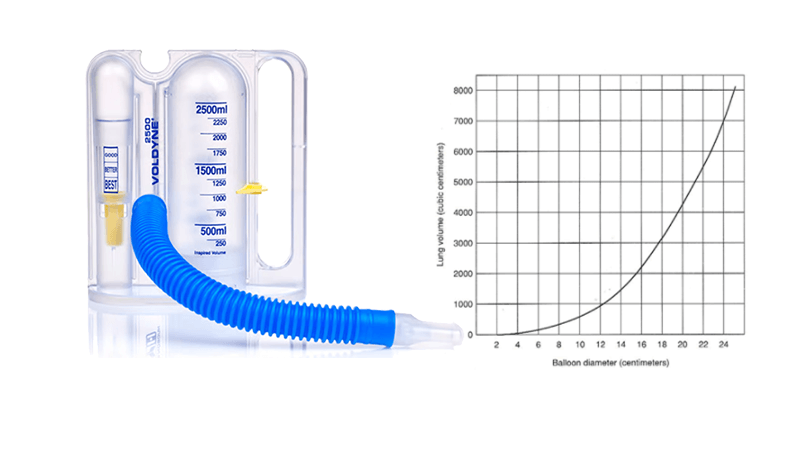
Investigation: What Factors Affect Lung Capacity
In this investigation, students use balloons and rulers to estimate the vital capacity of lungs using test subjects within the class. To perform the test, subjects take a deep breath and blow into a balloon. The diameter is measured and a graph is used to estimate the volume of air expelled based on the diameter…
-
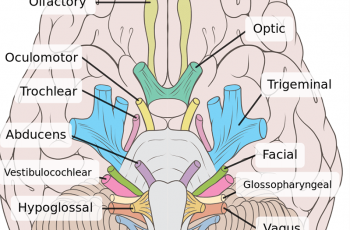
How to Learn the 12 Cranial Nerves
Learn the 12 cranial nerves with this simple mnemonic and coloring worksheet, appropriate for high school anatomy students.
-
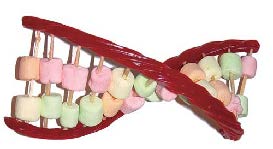
Construct a DNA Model Using Marshmallows
Use marshmallows and toothpicks to construct a model of DNA. Mini marshmallows represents the nucleotides, large marshmallows represent deoxyribose.
-

Maintaining a Science Library
My classroom has a collection of science themed books that are not textbooks that I periodically share with my students. For example, when discussing biochemistry at the beginning of the year, you will find a copy of the Poisoner’s Handbook on my desk, with several post-it notes attached. Students are curious about the…
-
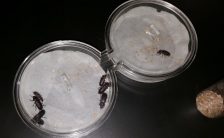
Investigation: Habitat Selection in Flour Beetles
This activity was modified from an Advanced Placement Investigation for use with freshman classes. The instructions are clear and require students to examine data and create a graph. Then students collect their own data using Choice Chambers and can choose which variables they would like to test: wet vs dry, water vs vinegar, light…
-
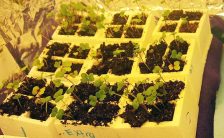
Inquiry in Genetics Using Wisconsin Fast Plants
Genetic Experiments can be intimidating for teachers due to the time and cost of breeding plants or animals in a classroom. These issues are further complicated in a public school setting which may have space issues, limited funds, and lack of access to labs. My favorite model for genetic experiments is the Wisconsin Fast…
-
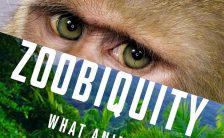
Zoobiquity – Review and Discussion Questions
I try to read at least one non-fiction book per year to try to keep myself up to date and inspired with new knowledge and advances in medicine. I have a classroom set of “Stiff” that I require my AP Biology students to read during the unit on anatomy. Recently, in a graduate class…
-
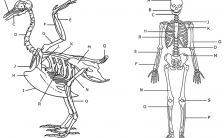
Comparing a Human and Avian Skeleton
Students often learn the bones of a human skeleton in health, but biology class can reinforce these lessons by comparing the human skeleton to that of other vertebrates. In this case, students color the skeleton of a bird and a human according to the directions. The colors will illustrate how many of the bones…
-
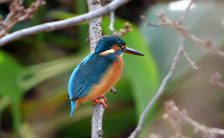
What Does a Bird’s Beak Tell You About Its Diet?
In this activity, students examine images of birds and make inferences about the bird’s diet and lifestyle based on the shape of their beaks and legs. Birds are very diverse in their habits, spear-shaped beaks are used for fishing, short stout beaks are used for cracking seeds, and the curved beaks of raptors are used…
-

Frog Anatomy Coloring Worksheet
This simple worksheet can supplement a lab or dissection of the frog. Each of the numbers on the frog image corresponds with a text description of the structure and instructions on how to color it. There are a few questions at the end, mainly matching the structure to it’s function, but overall this activity is…
-
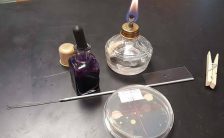
Investigation: Bacteria
This investigation asks students to take samples from the school and grow bacteria on agar plates. Students learn to use sterile technique to transfer and stain the bacteria and view under a microscope. Lab guide includes instructions for how to analyze and compare colonies and identify the three shapes of bacteria: bacillus, cocci, and…
-
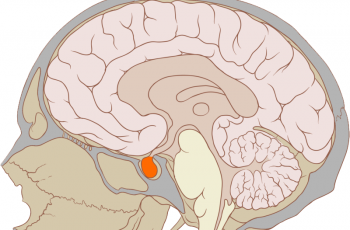
Case Study – What’s Wrong with Timothy?
The endocrine system can be a difficult subject to cover in anatomy. It isn’t as showy as the other systems where you can label organs or dissect an eyeball. Students must also memorize a number of hormones and their functions which have complicated names like thyroxine and tri-iodothyronine. When I first started teaching anatomy,…



